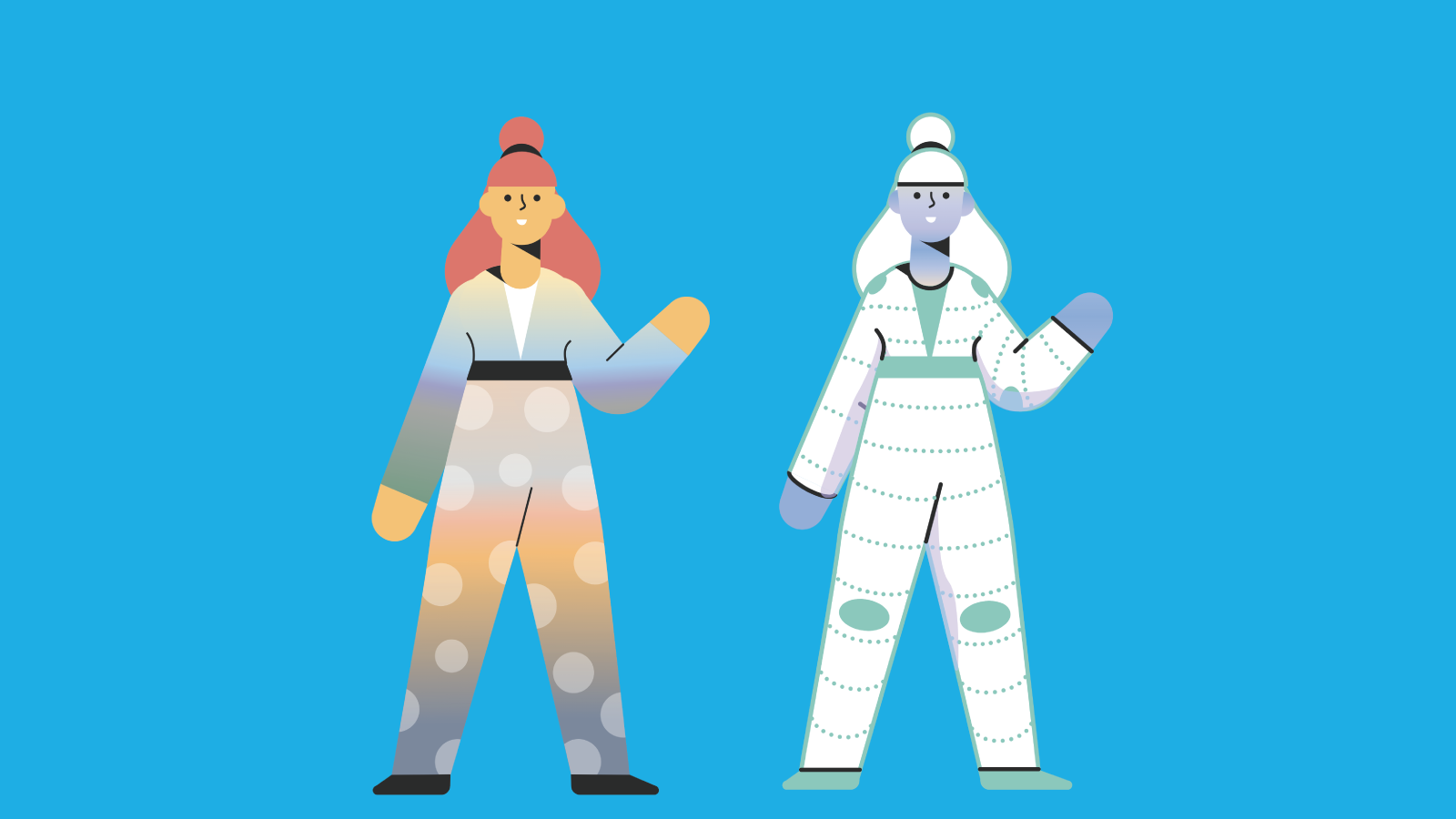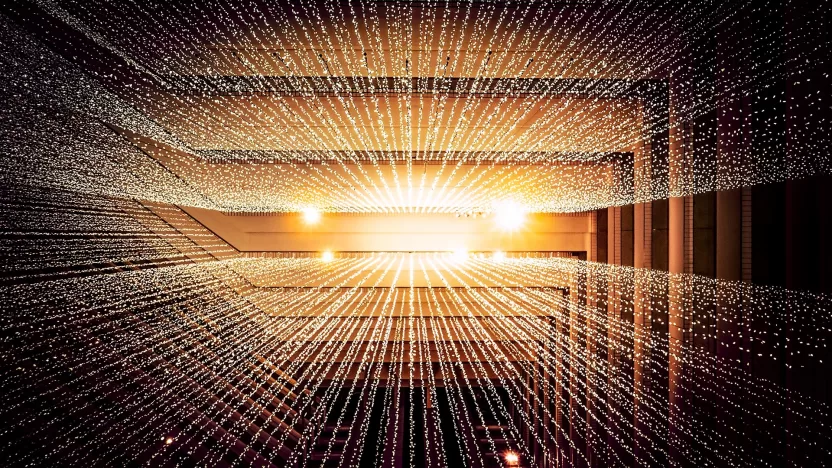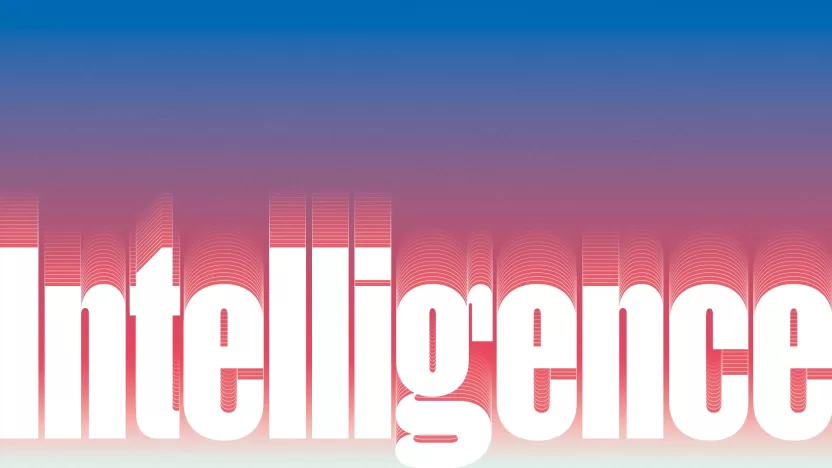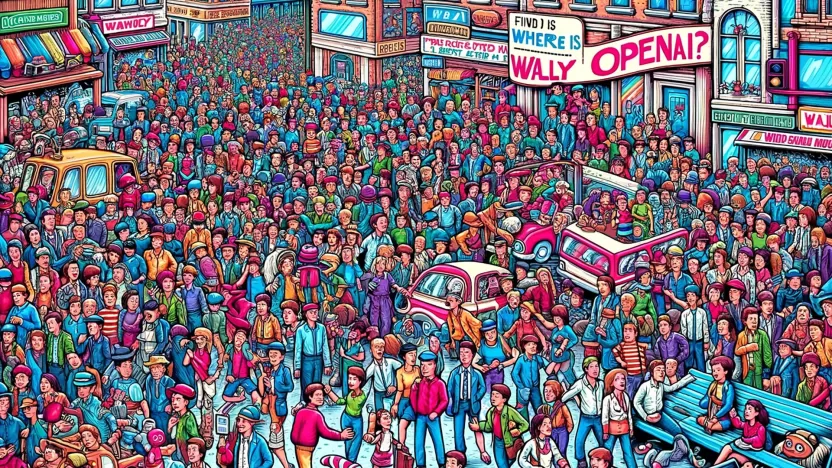A brief history of AI
Many of us are already using artificial intelligence in our everyday lives. But do we know the history of AI?
by MAIZE

The idea of a machine performing human tasks has been fascinating humans since Ancient Greece, but it’s only during the twentieth century that, with the advancements of technologies, it migrates from the realm of philosophy to the real world.
In 1950, computer scientist Alan Turning proposes a test for machine intelligence: if a machine can trick humans into believing it is human, he thinks, then it has intelligence. The test, which is called after its inventor, was originally called the imitation game, and paved the way to the current notion of AI.
The term Artificial Intelligence, though, has not been coined yet: it would only five years later, in 1955, when computer scientist John McCarthy applied it to the science and engineering of making intelligent machines: “Intelligence exhibited by machines, through the form of mimicking or displaying ‘cognitive’ capacities or functions that humans associate with natural intelligence (such as using languages, form abstractions, solve problems and improve themselves).”
The ’60s were one of the most prolific decades when it came to the development of Artificial Intelligence: in 1962 the first industrial robot, Unimate, went to work at GM replacing humans on the assembly line, marking the beginning of a new way of working; in 1964, Eliza, a pioneering chatbot developed by Joseph Weizenbaum at MIT, held conversations with humans; and, in 1966, Shakey, a general-purpose mobile robot from Stanford, reasoned about its own actions.
Everything seemed to point to a successful future, but two promising decades, many false starts, and dead-ends, left AI out in the cold; up until the late ’90s, the world didn’t hear much about Artificial Intelligence. This period of reduced funding on one side, and lack of interest on the other, is known as the “AI winter.”
Spring would eventually come back with a series of historical events: on May 11th 1997, Deep Blue, from IBM, defeated world chess champion Garry Kasparov, and became the first computer to beat a human. One year later, Cynthia Breazeal at MIT introduced KISmet, an emotionally intelligent robot, which detected and responded to people’s feelings. In 1999, Sony launched AiBO, the first consumer robot pet dog. In 2002, the first mass-produced autonomous robotic vacuum cleaner from iRobot, Roomba, learned to navigate and clean homes.


